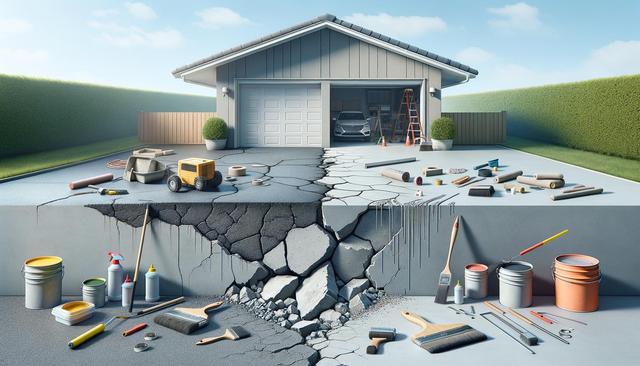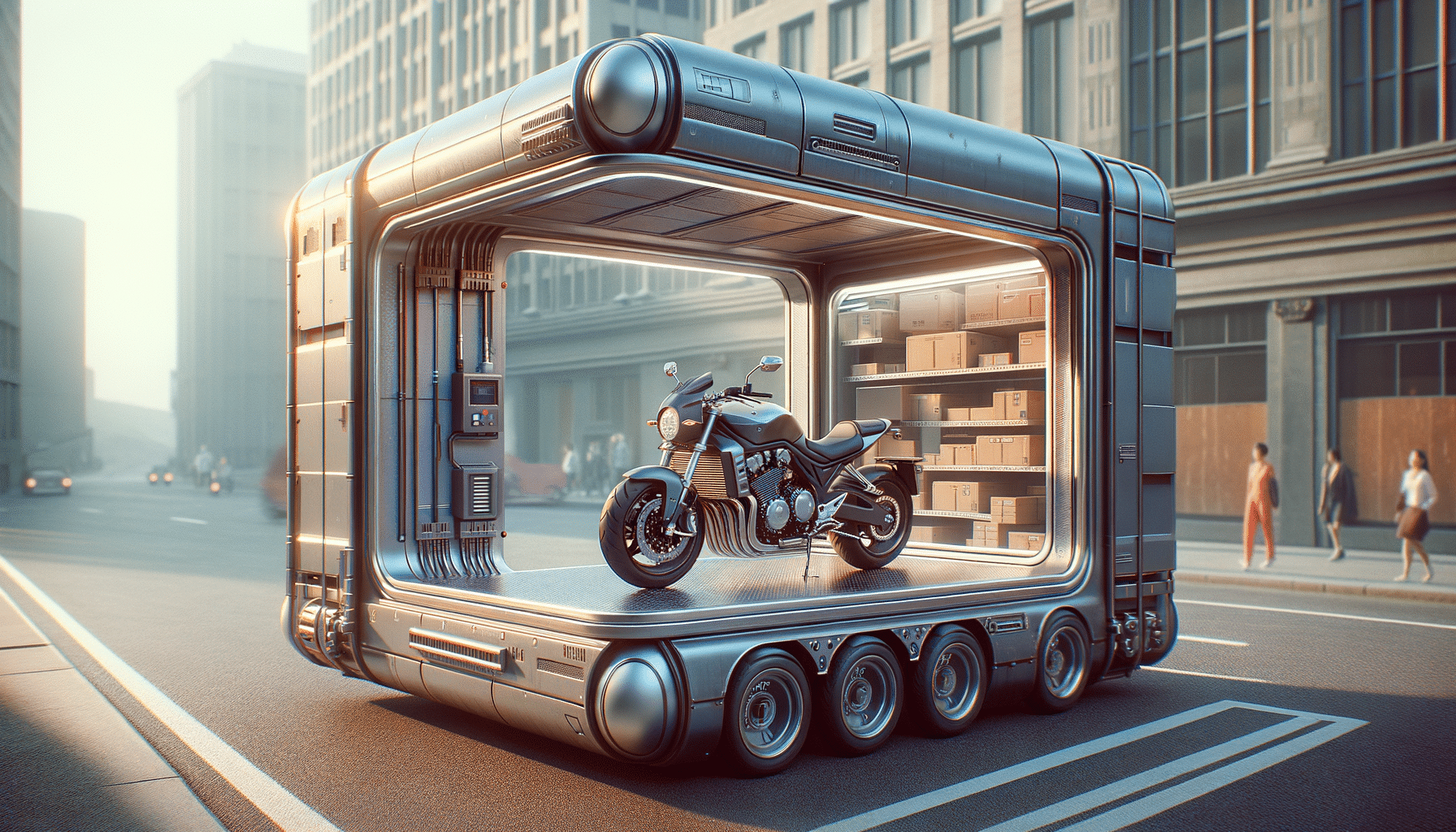
Reviving Your Driveway: How Concrete Resurfacing Can Transform Cracked Surfaces
Understanding the Causes of Driveway Damage
Before diving into solutions like concrete resurfacing or driveway refinishing, it’s important to understand why driveways crack in the first place. Exposure to harsh weather conditions, freeze-thaw cycles, root intrusion, and heavy traffic can all contribute to surface and structural damage. Over time, these factors can lead to visible cracks, spalling, and erosion of the concrete layer. When left untreated, these flaws not only reduce curb appeal but can also pose safety risks. Recognizing these issues early helps homeowners decide whether a patch, a full replacement, or a driveway fix such as resurfacing is the right path forward.
Common signs your driveway needs attention include:
- Multiple small or hairline cracks beginning to spread
- Discoloration or uneven surface texture
- Pooling water after rain, indicating poor drainage
- Chipping or flaking of the top concrete layer
Once you identify these signs, searching for services like “driveway resurfacing near me” can help you locate qualified professionals who specialize in cement driveway repair and maintenance.
What Is Concrete Resurfacing and How Does It Work?
Concrete resurfacing, also known as concrete refacing, is a method of applying a new surface layer over existing concrete to restore its appearance and integrity. Unlike full replacement, this process retains the existing base and addresses surface-level damage. It’s a cost-effective alternative that still delivers impressive results. The resurfacing mixture typically includes sand, cement, polymer modifiers, and bonding agents that adhere well to the old concrete.
The typical steps involved in concrete resurfacing include:
- Cleaning the surface thoroughly to remove dirt, grime, and loose debris
- Filling in large cracks or holes with a repair compound or patching material
- Applying a bonding agent to ensure proper adhesion
- Spreading the resurfacing compound evenly across the surface
- Adding texture or finishes depending on design preference
Whether you’re looking to repair driveway cracks or just update the appearance, this method is suitable for both residential and light commercial properties.
Advantages of Driveway Refinishing Over Replacement
Driveway refinishing provides homeowners with an effective way to restore their property’s appearance without undergoing a costly and time-consuming full replacement. One of its main advantages is the reduced downtime—most concrete resurfacing projects can be completed in just a few days. Additionally, it’s more environmentally friendly since it reuses the existing structure instead of demolishing and discarding the old concrete.
Other benefits of resurfacing include:
- Improved surface durability and resistance to future cracking
- Enhanced curb appeal through custom finishes and textures
- Lower overall cost compared to full driveway replacement
- Ability to address minor imperfections while extending the lifespan of the structure
By choosing to repair driveway cracks and refinish the surface, property owners can maintain the structural integrity of their driveways while significantly improving aesthetics.
When to Seek Professional Driveway Repair Services
While minor cracks may be manageable with DIY kits, more extensive damage often requires the expertise of professionals. Knowing when to seek help for concrete driveway crack repair can save both time and money in the long run. Professionals are equipped with the tools, materials, and experience needed to ensure lasting results and a uniform finish.
If you notice any of the following issues, it’s time to consult a professional:
- Large or deep cracks that continue to widen
- Uneven surfaces that pose tripping hazards
- Water infiltration beneath the slabs
- Previous patchwork that’s failing or deteriorating
Searching for “driveway resurfacing near me” can connect you with trusted contractors who specialize in cement driveway repair. These professionals can assess the extent of the damage and recommend the most suitable solution, whether it’s resurfacing, patching, or targeted concrete refacing.
Maintaining Your Driveway After Resurfacing
After investing in a driveway fix like resurfacing, it’s important to follow proper maintenance practices to preserve the new surface. Regular upkeep not only extends the lifespan of the repair but also helps prevent future issues. Simple steps like sealing the surface and avoiding heavy loads during the curing period can make a significant difference.
Here are some maintenance tips to keep your resurfaced driveway in excellent condition:
- Apply a concrete sealer every 2–3 years to protect against moisture and stains
- Clean spills promptly to prevent surface discoloration
- Use plastic shovels or soft tools for snow removal to avoid scratches
- Avoid parking heavy machinery or vehicles on the surface immediately post-repair
- Inspect regularly for new cracks or signs of wear
Following these steps ensures that your driveway resurfacing or refinishing investment continues to add value and function to your property for years to come.
Conclusion: Choosing the Right Repair Strategy for Your Concrete Driveway
Restoring a cracked or aging driveway doesn’t have to mean starting from scratch. With solutions like concrete resurfacing and professional driveway refinishing, homeowners can achieve a durable, attractive surface without the cost and disruption of full replacement. Whether you’re dealing with surface-level damage or more significant structural concerns, options such as concrete refacing and concrete driveway crack repair offer practical ways to enhance your property. By recognizing the signs of damage early and exploring services for driveway resurfacing near me, you can take proactive steps to maintain the look and safety of your driveway. Ultimately, reliable cement driveway repair not only improves your home’s exterior but also contributes to its long-term value.

